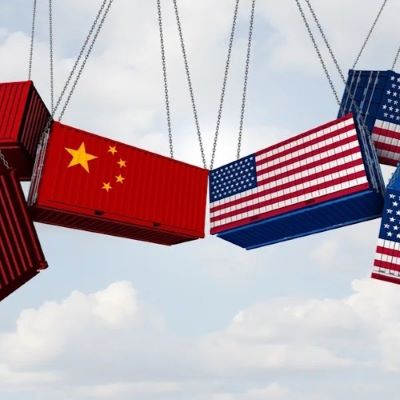US retail sales grew in March but consumers are worried

Data released by the US Census Bureau showed that retail sales rose in March, even as consumers continued to worry about the impact of rising tariffs, the National Retail Federation (NRF) said
“Retail sales strengthened in March, supported by continued solid growth in income, lower energy costs and bigger-than-usual tax refunds that all helped support household budgets,” the National Retail Federation Chief Economist Jack Kleinhenz said.
According to the Census Bureau, total retail sales in March increased by 1.4% on a seasonally adjusted basis from the previous month and by 4.6% on an unadjusted basis from a year earlier. This compares with increases of 0.2% month-over-month and 3.5% year-over-year in February.
In the same month, core retail sales (based on Census data but excluding auto dealers, gasoline stations and restaurants) increased by 0.6% seasonally adjusted month-over-month and 3.4% unadjusted year-over-year. On a three-month moving basis, core sales were 2.6% higher than a year earlier.
Similarly, the CNBC/NRF Retail Monitor, powered by Affinity Solutions, suggests that core retail sales were up by 0.4% seasonally adjusted month-over-month in March and were up by 5.07% unadjusted year-over-year. This compares with a decrease of 0.22% month-over-month and an increase of 4.11% year-over-year in February.
Jack Kleinhenz continued: “However, there is no question that the consumer is not feeling great given the confusion of policy announcements from Washington. On-again, off-again rising tariffs and resulting turmoil in the stock market and world economy are clearly impacting consumer concerns about higher prices and future consumer spending growth.”
A survey conducted for the NRF in March found that 46% of consumers were stocking up on appliances, clothing and other items because they feared tariffs would lead to higher prices.
The Census and the Retail Monitor refer to consumer spending after Trump’s February tariff announcements on China, Canada and Mexico, but before he announced a minimum 10% tariff on all US trading partners. Although the tit-for-tat tariffs were later suspended for 90 days, further tariff measures have since been introduced, and the situation continues to evolve.
Image Credits: yahoo.com

















